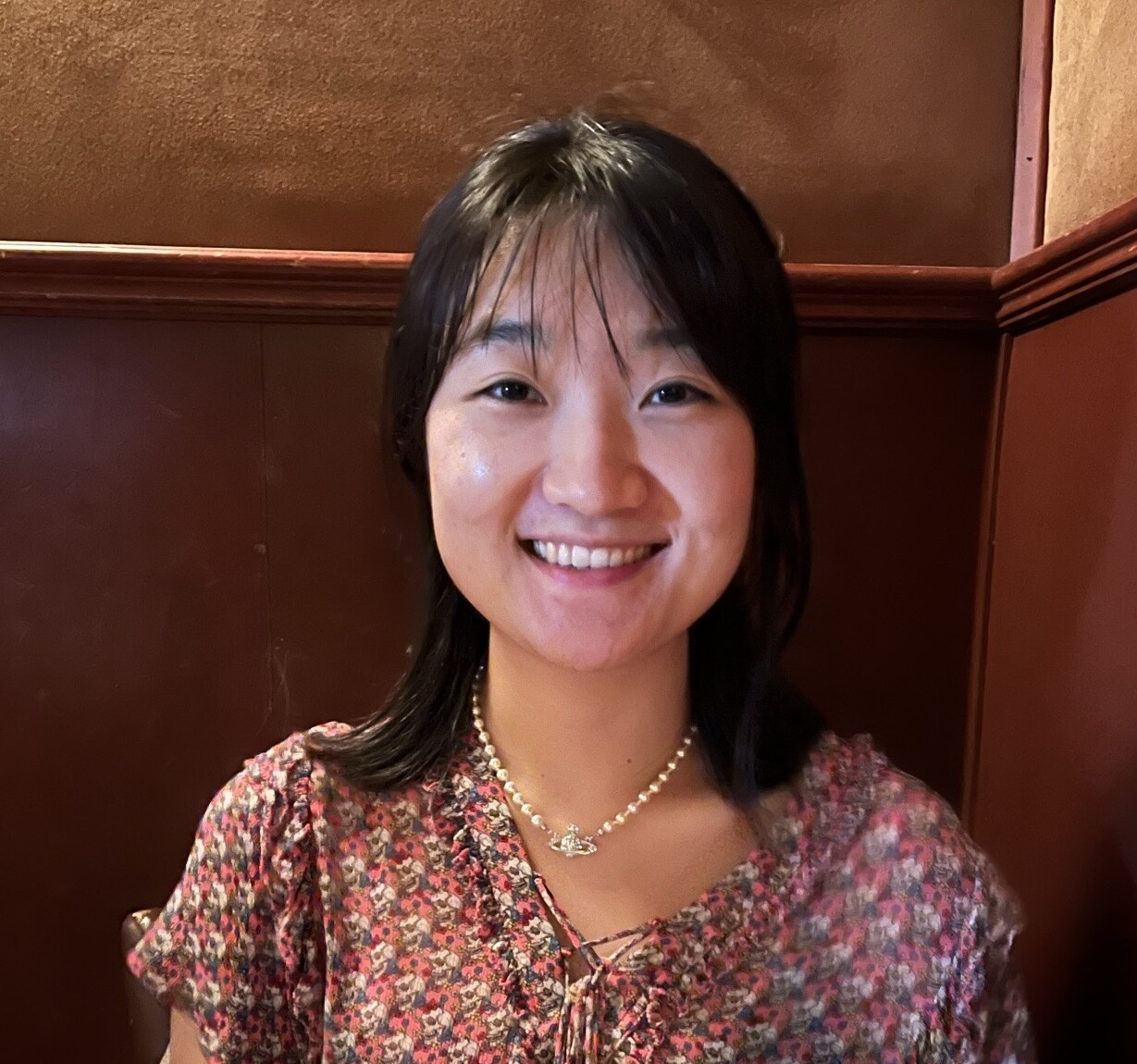On-line SPICE-SPIN+X Seminars
On-line Seminar: 16.10.2024 - 15:00 CEST
Exploring 3D Spin Structures and Dynamics in Chiral Magnets with Advanced Synchrotron X-ray Techniques
Thorsten Hesjedal, University of Oxford
 Recent advances in the study of magnetic skyrmions, topologically protected spin textures, have unlocked new possibilities for innovative low-power, high-speed spintronic devices. This talk presents our recent advancements in using resonant elastic x-ray scattering (REXS) to explore 3D spin structures, such as skyrmions, chiral bobbers, emergent monopoles, and other non-collinear magnetic textures, along with their dynamic behaviors across different timescales.
Recent advances in the study of magnetic skyrmions, topologically protected spin textures, have unlocked new possibilities for innovative low-power, high-speed spintronic devices. This talk presents our recent advancements in using resonant elastic x-ray scattering (REXS) to explore 3D spin structures, such as skyrmions, chiral bobbers, emergent monopoles, and other non-collinear magnetic textures, along with their dynamic behaviors across different timescales.
We have developed cutting-edge 3D REXS techniques [1-4] that enable not only the detailed study of ordered 2D skyrmion lattices but also offer deep insights into microscopic properties like helicity angles and topological winding number [5]. Utilizing circular dichroism REXS (CD-REXS) and the depth sensitivity of soft x-rays, we uncovered surprising long-range surface effects, such as the transformation of Bloch-type skyrmions into Néel-type at the surface of the prototypical chiral magnet Cu2OSeO3 [3,4]. These findings led us to investigate exotic magnetic textures at interfaces in engineered heterostructures, including chiral bobber lattices [6], hybrid skyrmions [7], and the dynamic folding and unfolding of skyrmion strings [8].
The distinctive topology of skyrmions endows them with unique dynamical properties that hold promise for next-generation spintronic devices. In circular magnetic field gradients, skyrmion lattices exhibit controlled rotational dynamics [9]. Most importantly, the role of topological defects is crucial in understanding the slow relaxation dynamics of moving skyrmion lattices, influencing their behavior and stability under external perturbations [10]. On the other hand, understanding the fast, intrinsic magnetization dynamics of skyrmions is crucial for their controlled engineering in high-speed applications. We have pioneered techniques combining ferromagnetic resonance (FMR) with resonant magnetic x-ray reflectivity and diffraction with ferromagnetic resonance (RFMR [11] and DFMR [12]), offering novel pathways for probing real-space spin dynamics and unlocking new opportunities for spintronic device development [13].
[1] S.-L. Zhang et al., Phys. Rev. B 93, 214420 (2016).[2] S.L. Zhang et al. Phys. Rev. B 96, 094401 (2017).
[3] S.L. Zhang et al., Phys. Rev. Lett, 120, 227202 (2018).
[4] S.L. Zhang et al., Proc. Natl. Acad. Sci. U.S.A. 115, 6386 (2018).
[5] S.L. Zhang et al., Nature Commun. 8, 14619 (2017).
[6] K. Ran et al., Phys. Rev. Lett. 126, 017204 (2020).
[7] K. Ran et al., Nano Lett. 22, 3737 (2022).
[8] H. Jin et al., Nano Lett. 23, 5164 (2023).
[9] S.L. Zhang et al., Nature Commun. 9, 2115 (2017).
[10] H. Jin et al., Nano Lett., in press (2024).
[11] D.M. Burn et al., Phys. Rev. Lett. 125, 137201 (2020).
[12] D.M. Burn et al., Nano Lett. 20, 345 (2020).
[13] G. van der Laan and T. Hesjedal, Nucl. Instrum Methods Phys. Res. B 540, 85 (2023).
Please sign up here in order to get the Zoom link and regular announcements of the upcoming talks.
PDF file of the talk available here









